Te Aro Park
Shona Rapira Davies
Type
- Sculpture
Medium
- Ceramic
- Concrete
Dimensions
- H6000 x D10200 x W2800mm

Shona Rapira Davies, ‘Te Aro Park’ (1992), Te Whanganui-a-Tara Wellington
Photo: Kevin Stent. Courtesy Stuff Limited (used with permission).
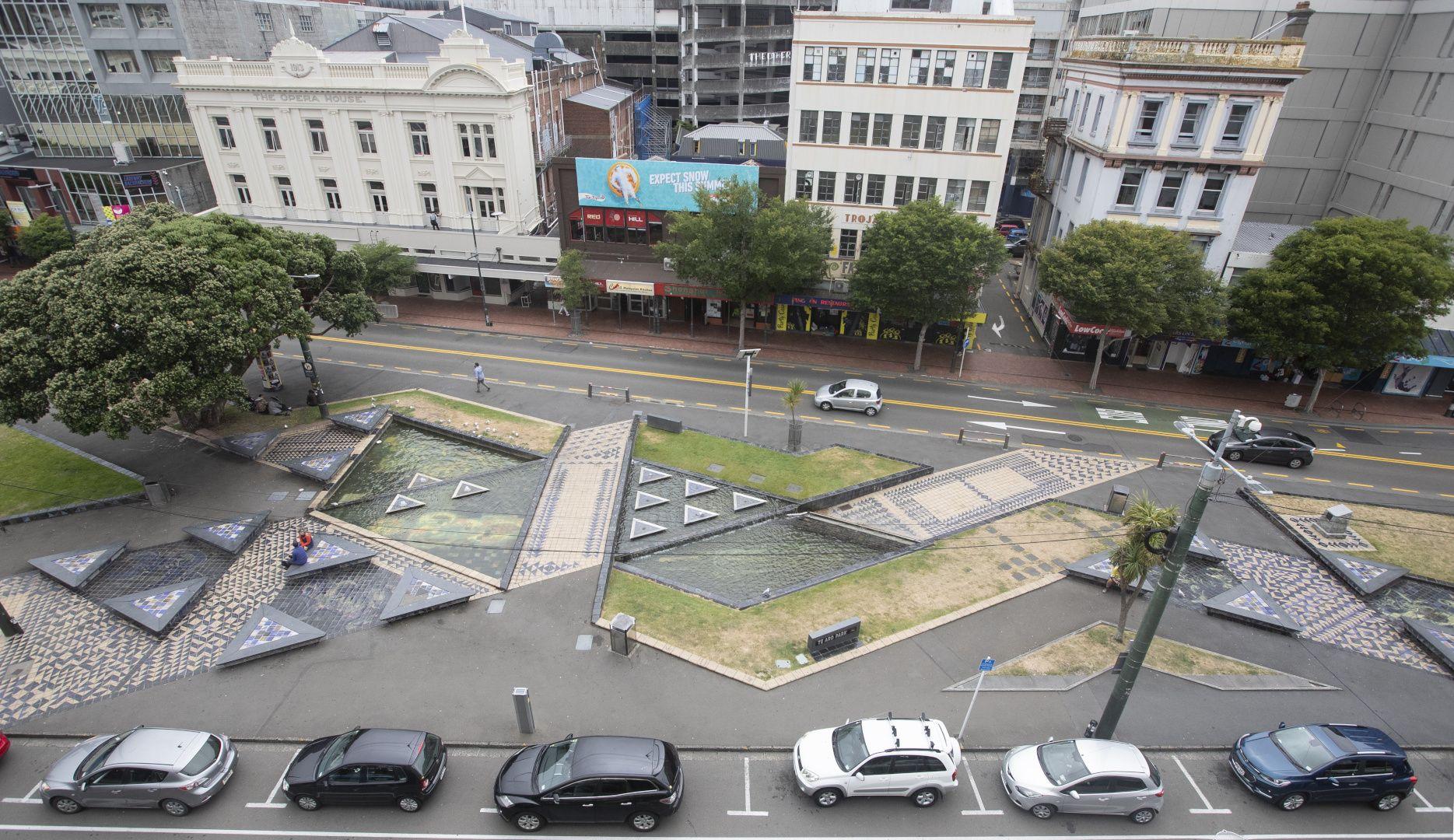
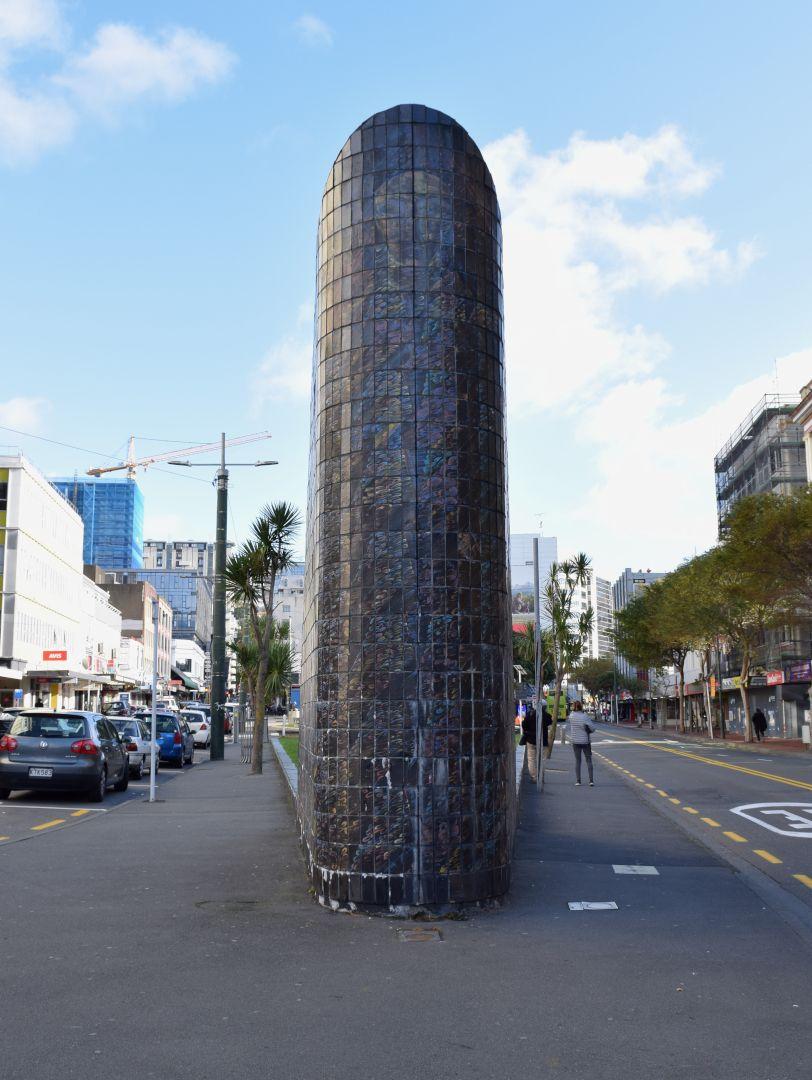
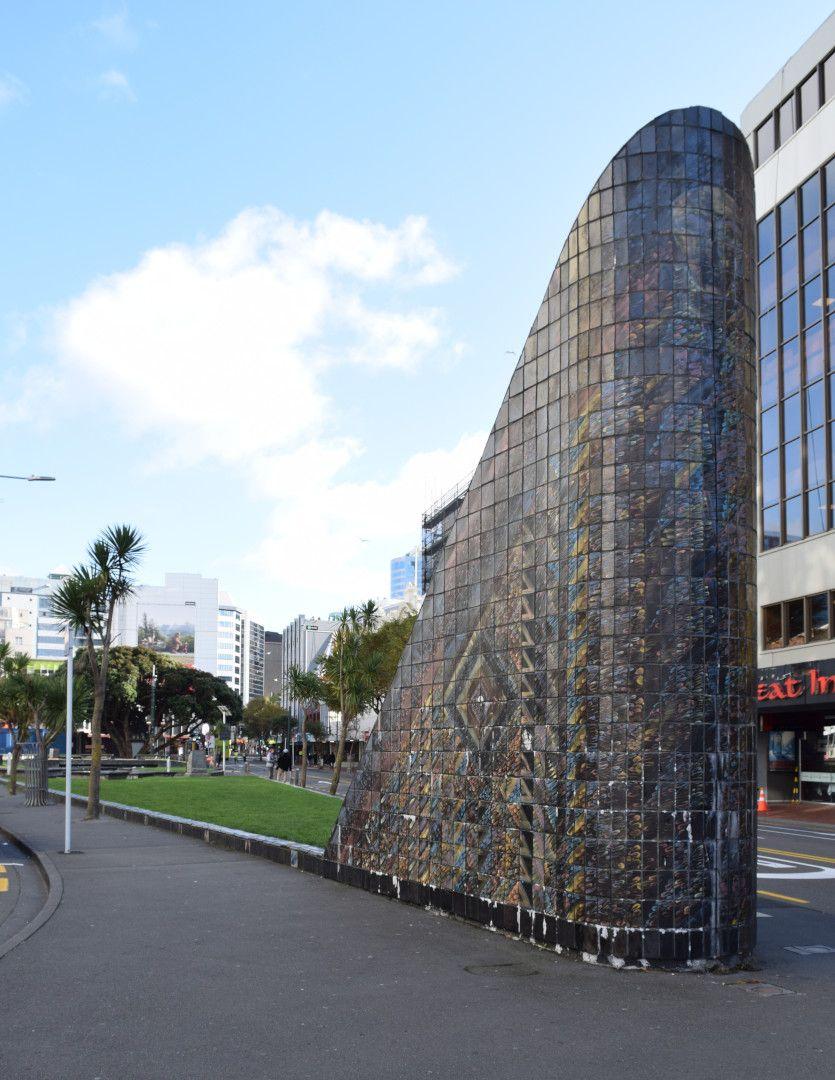
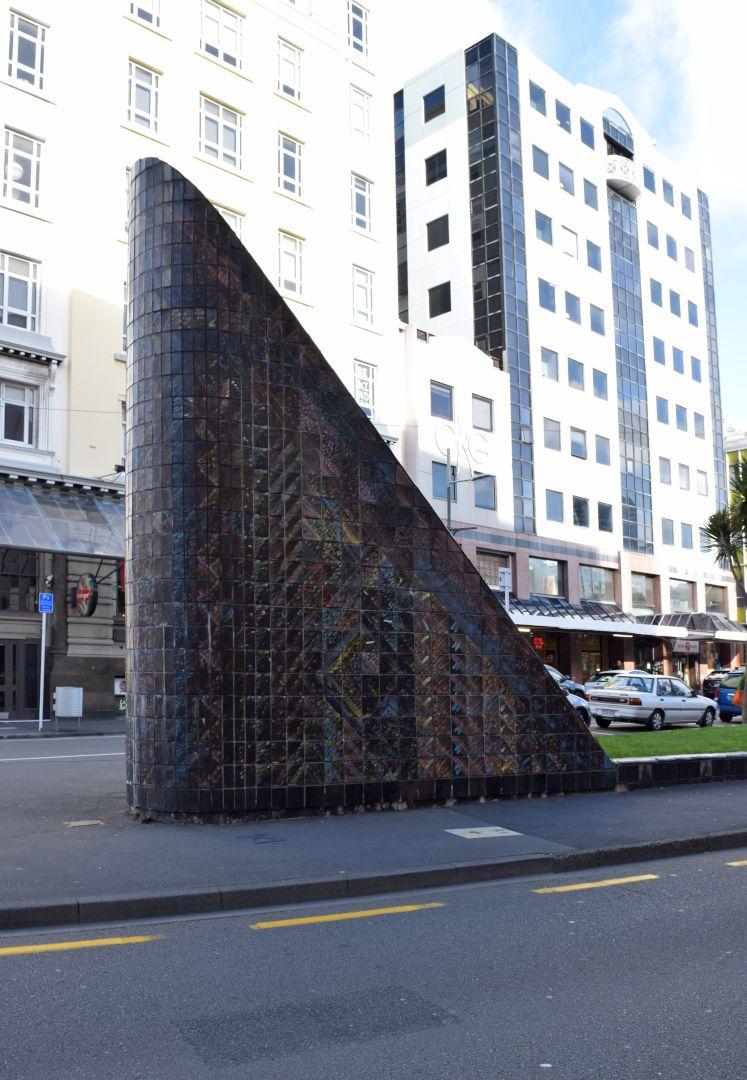
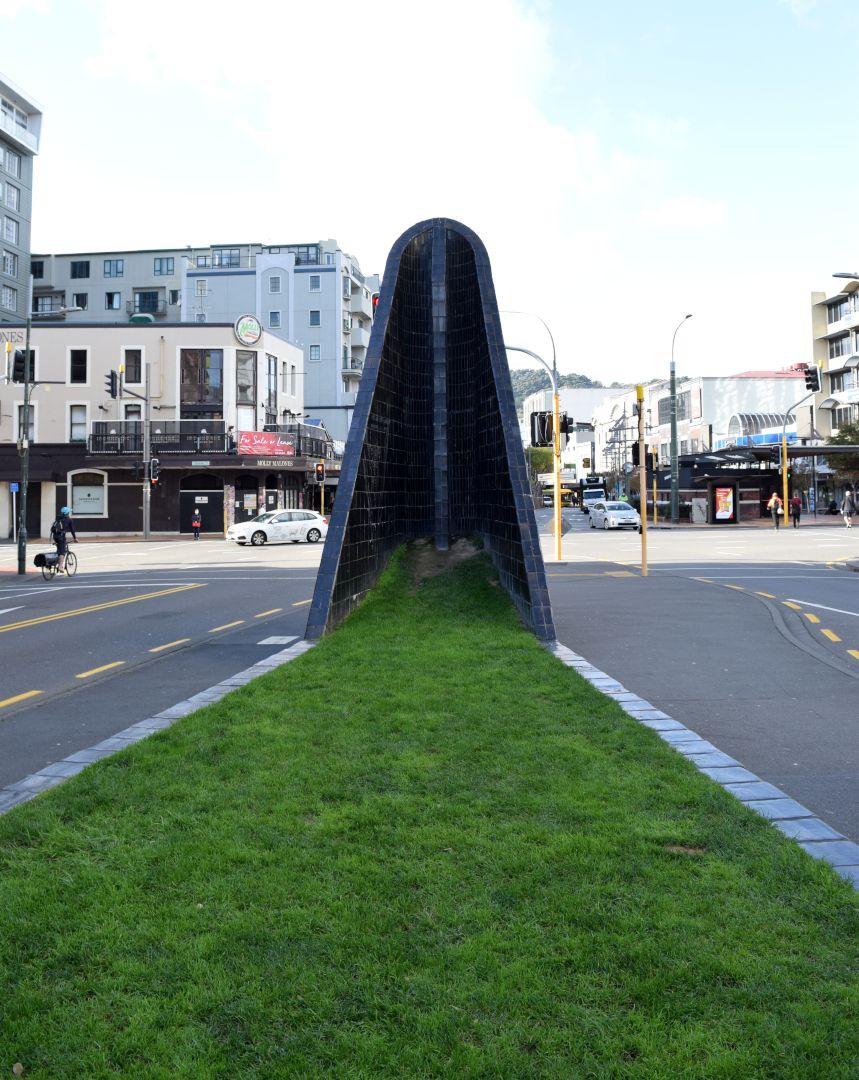
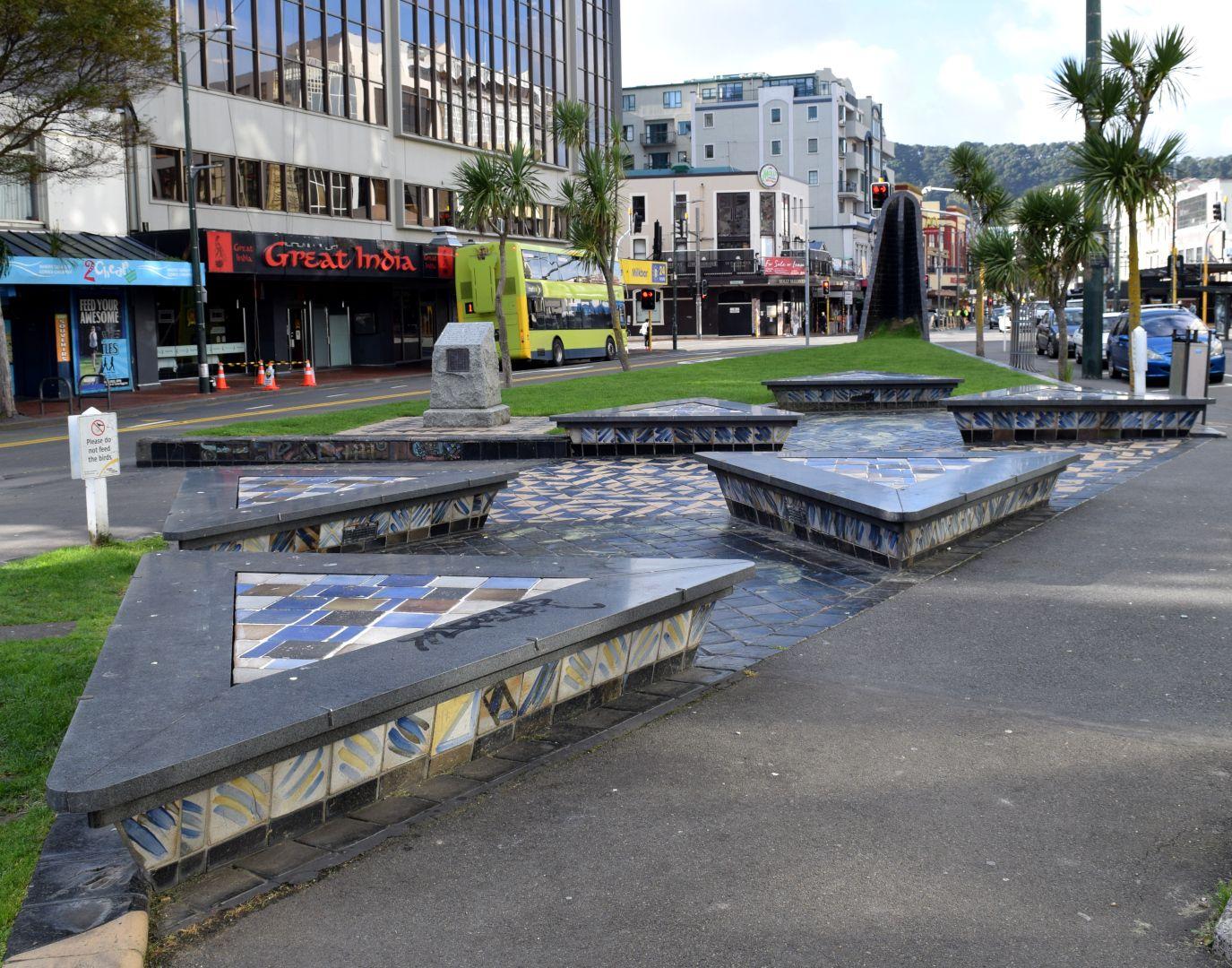
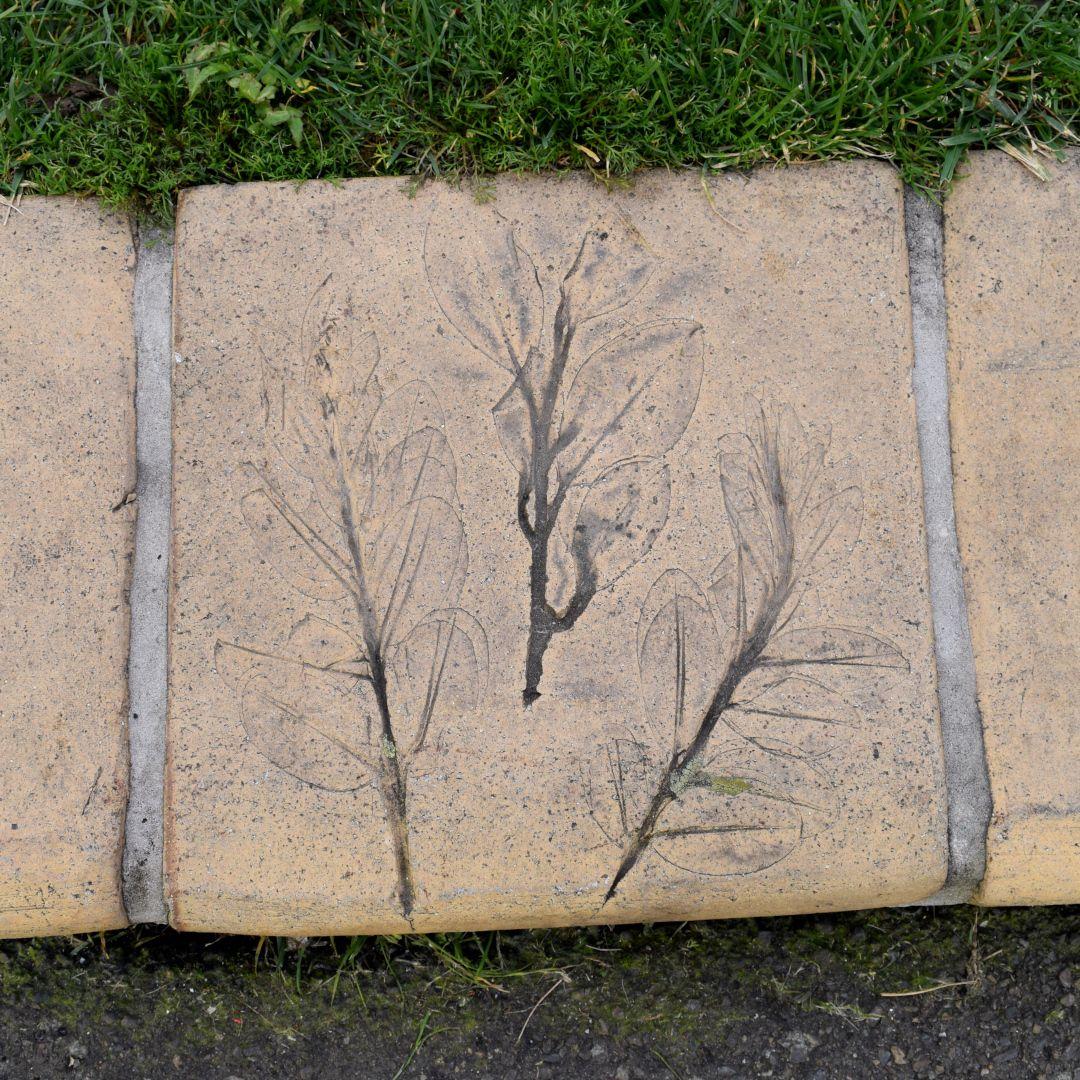
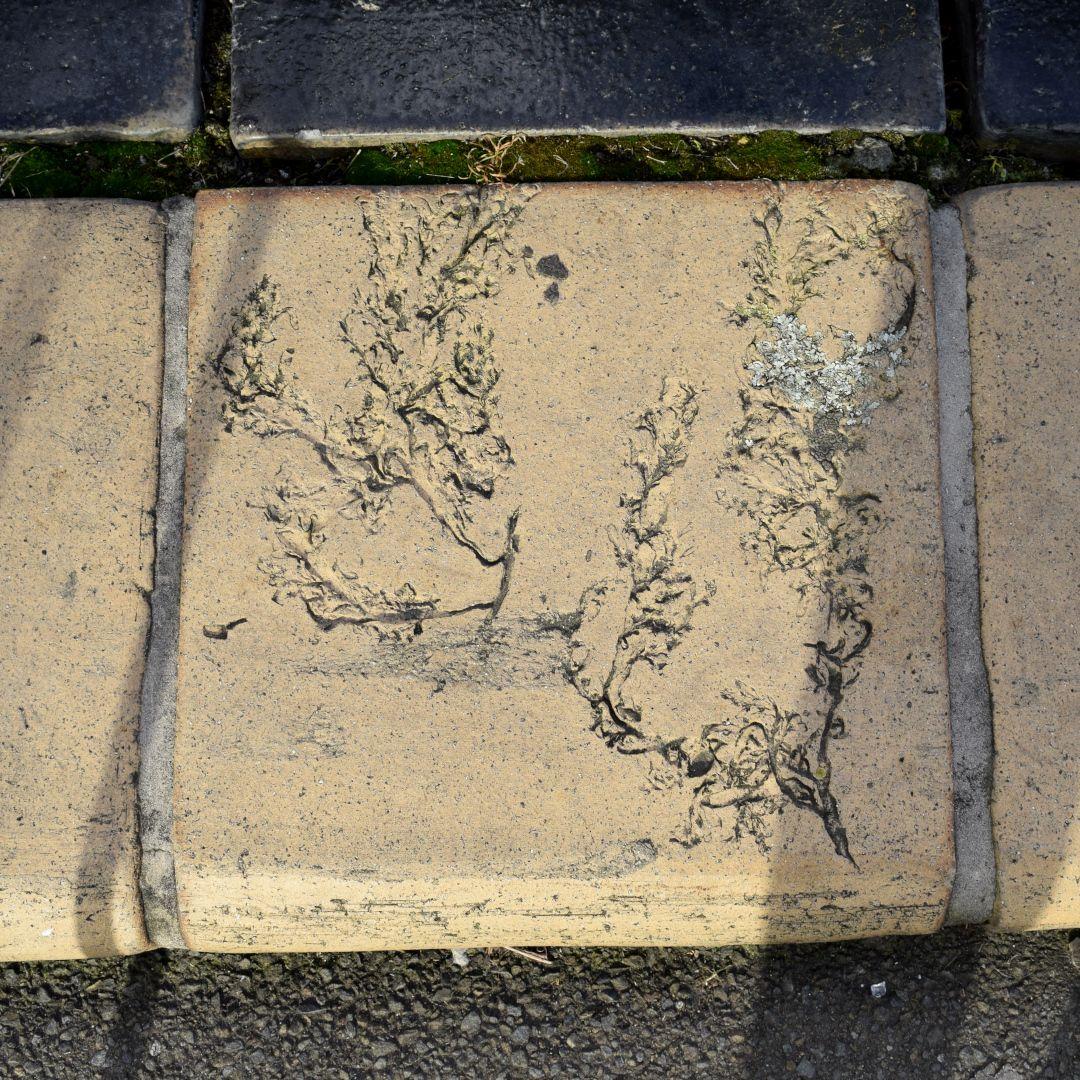
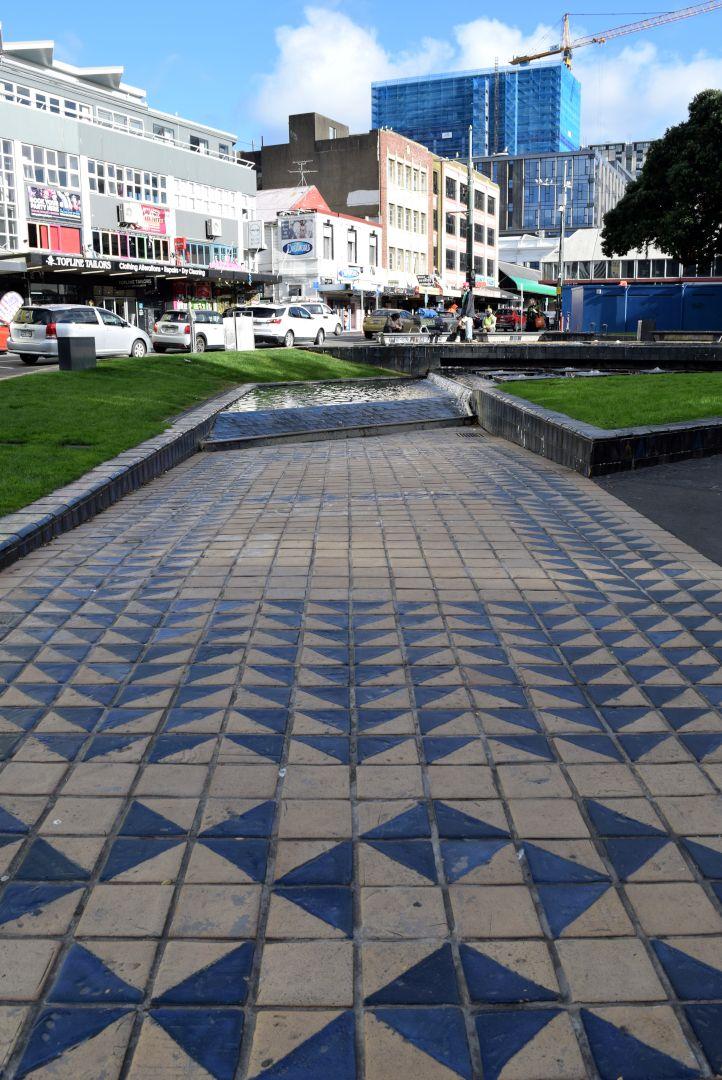
- DETAILS
- MAP
Description
This monumental work consists of 35,000 handmade stoneware fired ceramic tiles over concrete forms throughout the park. Plants, feathers and other objects have been stamped into ceramic tiles to remind us of the area's history before urbanisation. Also printed on the tiles is a list of 33 Maori place names, most of them associated with Māori settlement in Te Whanganui-a-Tara. Fellow artist Kura Te Waru-Rewiri, and Shona's children Rachael & Damian.
Plaques installed with the work read:
“Te Aro Park
This was the site of the Te Aro Pa, settled by the Te Atiawa people, up to the 1890’s. By 1845 the Wesleyan Church had erected several buildings including a Mission House and Maori Chapel. The park has also been the site of police, fire, electrical stations and Turkish Baths. In 1925 the site became Market Reserve, and in 1939 the stone memorial was erected to commemorate the 1839 Christian service at Te Aro Pa between the Maoris and Methodist Church missionaries. In 1989, planning of the site as a sculptural park was begun by the Wellington City Council. N.Z. Ceramics Artist Shona Rapira Davies was commissioned to design the park, in conjunction with the WCC Landscape Architect, and to then prepare artwork and manufacture of the tiles. The park was completed and opened in May 1992. Symbolic features of the park include:
- Water representing the life principle of cleansing, blessing and renewing. It flows diagonally across the site and reflects the Te Aro stream and original shoreline.
- The pools with female figures represent the three generations of women. Old women, young women and young girls.
- The strong horizontal elements of the walls form weaving patterns and symbolise the female principle.
- The prow and other vertical elements symbolise male principles. Only men were allowed to paddle the ware canoes.
- The nine kowhai trees are symbolically placed to represent the oarsmen of the canoe.“
“Wellington City Council wishes to acknowledge the contributions made by National Mutual Ltd and Mainzeal Developments Ltd of Arts Bonus Funds for the sculptural art tiles produced for the Te Aro Park Redevelopment, 1992”
Embedded in the tiles of one path:
“Wai Kie kie / Papa ka whe ro / Tutai wera / Omaru kaiuru / Mataki kapounga / Kai tarawaru / kau whakwharu / Te Mahanga / Te Karaka / Kaka Riki / Kirikiri Tangi / Tuteremoana / Te Rangaa a o kupe / Pipitea / Wai Tangi / Kumototo / Wai Mapihi / Nga Kumi Kumi / Te Aro / Huriwhenua / Whataitai / Kai Upoko / Tawa Tawa / Wai Papa / Wai Kou Kou / Wai Herere / Puke Hinau / Owhiro / Te Rangi a Hiwi / Te Au a Tane / Whanganui a Tara / Matairangitangi Te Keo / Te Aro Aro a Kupe”
See also:
